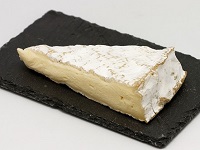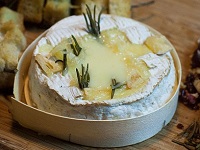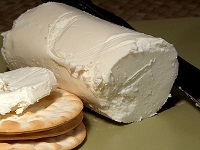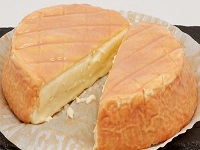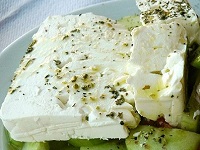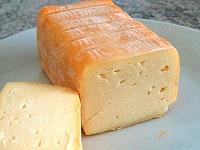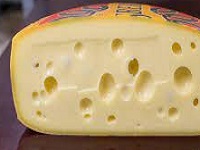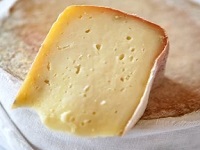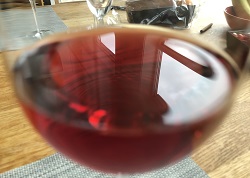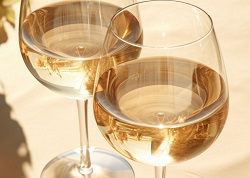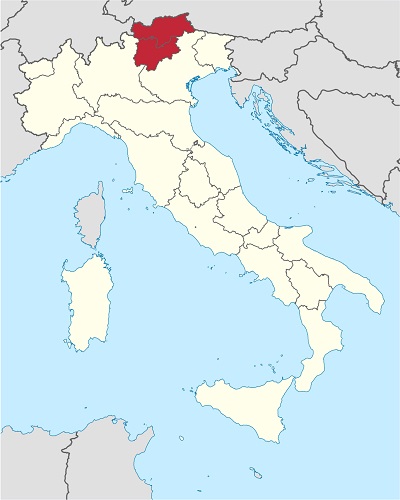Pinot Nero (Italy)
Pinot Nero is the Italian name for Pinot Noir.
Pinot Nero Flavors
Cherries and wild berries are the most common Pinot Nero aromas, with hints of herbs, flowers, mushroom, and soil.
Red Cherry |
Strawberry |
Raspberry |
Cranberry |
Black Cherry |
Blueberry |
Blackberry |
Black Currant |
Herbs |
Spices |
Mushroom |
Violet |
Oaked wines will have added notes of vanilla, spices, chocolate, and tobacco.
Vanilla |
Cinnamon |
Chocolate |
Tobacco |
Pinot Nero Profile
Pinot Noir is famous for a silky mouth feel, low tannins, lovely fruit aromas, and good acidity:
| SUGAR: | Dry (3 g/l) |
| BODY: | Light |
| TANNINS: | Low |
| FRUIT: | Medium - High |
| ACIDITY: | High |
| ALCOHOL: | 12-13% |
| Serving temperature: 14-15°C (57-59°F) Cru 15-16°C (59-61°F) | |
Pinot Nero Food Pairing
Pinot Nero is very food friendly and can be paired with a wide variety of dishes, especially grilled or roasted white meat:
Antipasti |
Salami |
Ham |
Soups |
Pasta |
Mushroom |
Risotto |
Truffle |
Pizza |
Sandwitch |
Hamburger |
Chili |
Goose |
Duck |
Rabbit |
Pork |
Excellent Pairings
Charcuterie. Salmon. Tuna.
Roasted Mushrooms. Mushroom Risotto.
Soups. Beef Burgundy.
Grilled. Roasted White Meat.
Poultry. Duck. Goose. Rabbit.
Grilled Pork. Ham. Bacon.
Spices
Basil. Cilantro. Coriander. Mint.
Cheeses
Comté. Brie. Camembert. Jarlsberg. Goat.
The Ideal Glass for Pinot Nero
The Burgundy Glass is for swirling & releasing the wine aromas.
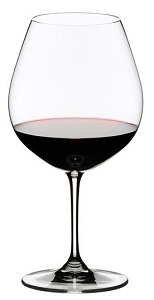
|
The shape of the glass captures and directs the delicate aromas to your nose
and leads the wine to the tip of your tongue for a better reception of the tastes.
The Burgundy glass was designed for the delicate and aromatic red wine Bourgogne Rouge, made from Pinot Noir grapes in Bougogne (Burgundy). |
Pinot Nero Cheese Pairing
If You Like Pinot Nero
You Will Also Like:
Pinot Nero in Italy
Pinot Noir thrives well in the cold climates of Northern Italy.
High Quality areas / regions:
Trentino
Alto Adige
Veneto
Friuli
Franciacorta
Pinot Noir also plays a main role in the italian sparkling wine Franciacorta.
Pinot Noir was first cultivated in South Tyrol (Alto Adige) as "Bourgoigne Noir" around 1830. Later it was called "Blauburgunder" like in Austria.
Today both Pinot Nero and Pinot Noir are common names.
Pinot Noir in Switzerland
High Quality areas / regions:
Graubünden
Valais
Schaffhausen
In Switzerland, Pinot Noir is the most widely planted red grape.
Pinor Noir trives well in the cooler climates of Switzerland.
Region Alto Adige
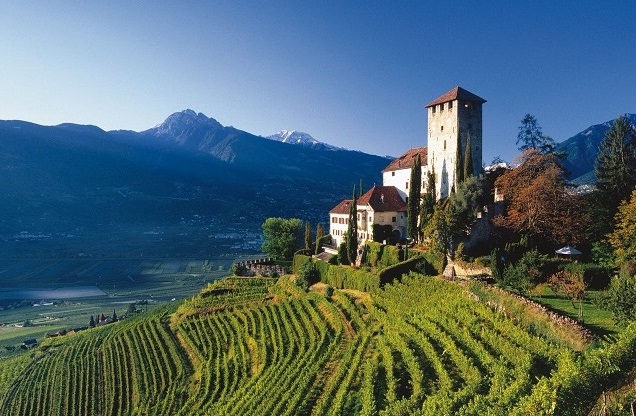
St.Magdalener vineyards on the slopes of Bolzano
Black Grapes |
White Grapes |
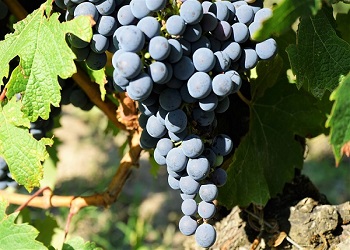
9% Schiava |
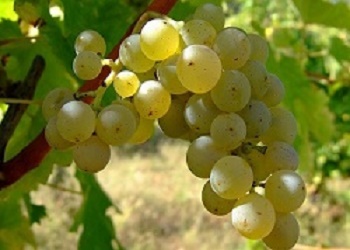
22% Chardonnay |
Climate
The Dolomite mountain range strongly influences the climate and vineyard altitudes. The climate is generally cool, with significant temperature variations between day and night. This diurnal temperature range is favorable for the development of aromatic compounds in the grapes.
The Alps protect Alto Adige from cold air from the north. From the south, warm, moist air from Lake Garda and the Mediterranean find their way to Alto Adige.
Mild sunny days, warm soils, cool nights, and strong winds bring freshness to Alto Adige wines.
DOC Regions
Alto Adige has DOC regions that account for 85% of the total eine production wine:
Alto Adige / Südtirol DOC
Casteller DOC
Delle Venezie DOC
Lago di Caldaro / Caldaro / Kalterersee / Kalterer DOC
Teroldego Rotaliano DOC
Trentino DOC
Trento DOC
Valdadige / Etschtaler DOC
Valdadige Terradeiforti / Terradeiforti DOC
Alcohol can be addictive. Always drink in moderation.
© Copyright 2015-2025 W3 Wine School. All Rights Reserved.
